News 4/3/14
The AMA has been pretty quiet about the ICD-10 deadline delay that was part of this week’s SGR patch legislation. AMA has long been quite vocal in its criticism of the transition, but denies it had another to do with its inclusion in the bill. The only item I could find on the AMA’s website, which I can only assume refers to the ICD-10 delay, was a comment that the overall legislation included “some positive provisions.” I wouldn’t be surprised if the AMA leads the charge for skipping ICD-10 altogether in favor of ICD-11.
Also still silent on the ICD-10 delay: CMS, which has yet to offer any official comments.
CareCloud names Lee Horner (Eliza Corporation/Vitera Healthcare) chief sales officer.
McKesson Specialty Health agrees to acquire a majority stake in Oncology Rehab Partners, an oncology rehab company that offers training and certification services for cancer care providers.
Accenture estimates that the use of its X-box based Teki program has saved Spain’s Basque Country $69 million during its first year. Patients are able to use a Kinect system attached to an Xbox in their home to communicate with their doctor using video conferencing, voice, or text messaging and doctors can check patients’ vitals via a wireless heart monitor and spirometer attached to the Kinect box. Accenture says that 18 percent of all primary care interactions in the region are now happening on the phone or online.
Brigham and Women’s Hospital (MA) plans to hire scribes to input EMR data, giving doctors more time to focus on and talk with patients.
Kaiser Health News provides an insightful look at what is driving primary care physicians to leave independent practice and where they are opting to land. Physicians tired of high stress levels and long hours are giving up private practice for hospital employment, or converting their practices to concierge models, or taking early retirement. EMRs are the greatest source of frustration for many doctors who complain the technology slows them down, interferes with the physician-patient interaction, and turns physicians into data entry clerks.
I was amused by this photo from an article highlighting the growth of the concierge practice model. The two-doctor practice, which charges a $780 a year retainer fee and limits the practice to 600 patients, either does not net enough to buy an EMR, or, the prefers to keep medical charts the old-fashioned way.
Physicians in academic settings report higher compensation when the majority of their time is spent seeing patients, rather than on research activities, according to an MGMA compensation survey. General internists saw four percent pay increases in 2013 to over $180,000 when billable clinical work made up more than two-thirds of their time.
Talk about a complete bust of a day. A South Carolina woman sustains injuries in a car crash following a three-county police chase. She was admitted to the hospital and while in surgery doctors found 19 grams of methamphetamine hidden inside a body cavity. Other aspects of the investigation are ongoing.
The Kansas Senate passes a bill requiring insurance companies to give patients a cost estimate before services are provided. If passed, insurers would be required to inform consumers of all out of pocket costs, plus the amount the provider will be paid. I wonder if physicians really want their patients to have that much transparency in advance of an office visit or procedure.
3M completes is acquisition of Treo Solutions, a provider of data analytics and business intelligence to providers and payers.
Email Inga.

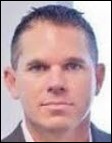


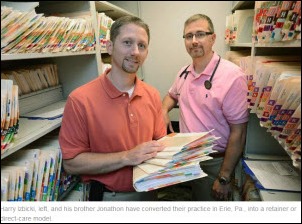




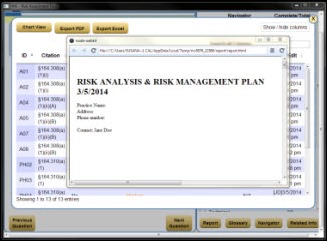
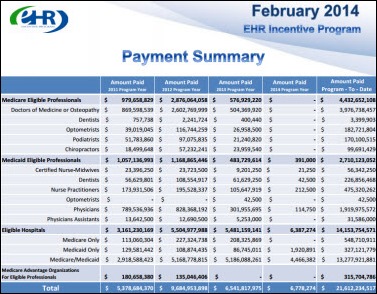

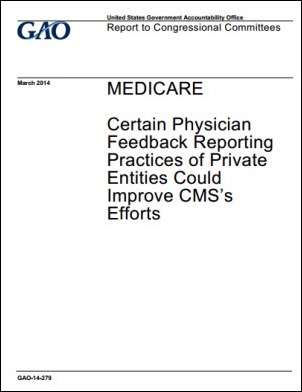



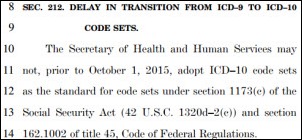
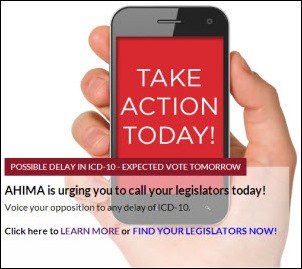
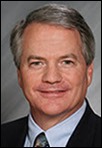
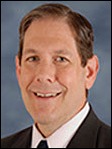




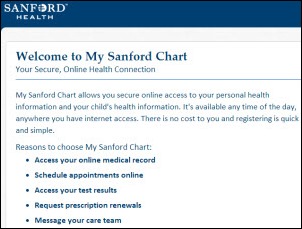

The article about Pediatric Associates in CA has a nugget with a potentially outsized impact: the implication that VFC vaccines…